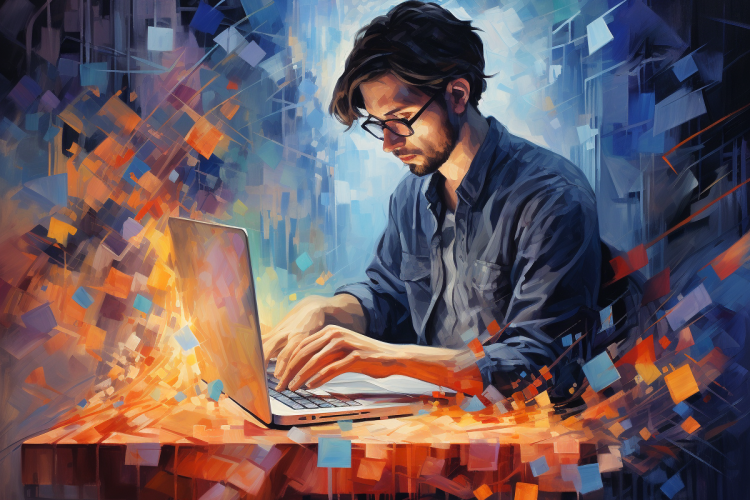A team of researchers from Adobe Research and Australian National University have made a significant advancement in the field of artificial intelligence (AI) with the development of a groundbreaking AI model. This model has the ability to convert a single 2D image into a high-quality 3D model in just 5 seconds. The implications of this breakthrough are far-reaching, as it has the potential to revolutionize industries such as gaming, animation, industrial design, augmented reality (AR), and virtual reality (VR).
The Power of the Model: LRM
The AI model behind this achievement is called LRM (Large Reconstruction Model) and is described in detail in the research paper titled “LRM: Large Reconstruction Model for Single Image to 3D”. Its goal is to address the challenge of instantly creating a 3D shape from a single image of any object. The team of researchers highlights the broad applications this could have in various industries, stating:
“Imagine if we could instantly create a 3D shape from a single image of an arbitrary object. Broad applications in industrial design, animation, gaming, and AR/VR have strongly motivated relevant research in seeking a generic and efficient approach towards this long-standing goal.”
Unlike previous methods that were trained on small datasets in a category-specific manner, LRM utilizes a highly scalable transformer-based neural network architecture with over 500 million parameters. It is trained on approximately 1 million 3D objects from the Objaverse and MVImgNet datasets. The researchers emphasize the effectiveness of their approach:
“This combination of a high-capacity model and large-scale training data empowers our model to be highly generalizable and produce high-quality 3D reconstructions from various testing inputs including real-world in-the-wild captures and images from generative models.”
The lead author of the research, Yicong Hong, emphasizes the significance of LRM as a breakthrough in single-image 3D reconstruction:
“To the best of our knowledge, LRM is the first large-scale 3D reconstruction model; it contains more than 500 million learnable parameters, and it is trained on approximately one million 3D shapes and video data across diverse categories.”
Potential Applications
The potential applications of LRM are vast and exciting, spanning across different industries. In the gaming and animation sectors, the model could streamline the process of creating 3D models, reducing both time and resource expenditure. In the field of industrial design, LRM has the potential to expedite prototyping by quickly generating accurate 3D models from 2D sketches.
Furthermore, in the realm of AR/VR, the LRM can enhance user experiences by generating detailed 3D environments from 2D images in real-time. This capability has the potential to create immersive and realistic virtual experiences. Additionally, the researchers highlight the democratizing aspect of the LRM, as it has the ability to work with “in-the-wild” captures. This opens up the possibility for user-generated content and the democratization of 3D modeling, allowing users to create high-quality 3D models from photographs taken with their smartphones.
Although the researchers have acknowledged limitations, such as blurry texture generation for occluded regions, they emphasize the promise of large transformer-based models trained on vast datasets to learn generalized 3D reconstruction capabilities. They hope that their work will inspire future research in this area and lead to further advancements in data-driven 3D large reconstruction models.
To witness the impressive capabilities of the LRM, you can visit the team’s project page and explore examples of high-fidelity 3D object meshes created from single images.










